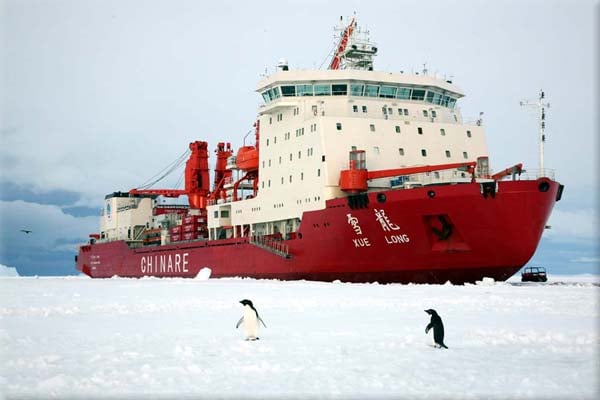What attracts consumers? Expensive new Lululemon pants? Or is there something else that catches ones attention? The answer is cheap goods. Not everyone can afford expensive Lululemon pants, but everyone can afford items that are worth only a few dollars; that is why dollar store industries are one of the fastest growing retailers in Canada. The concept of goods only being a dollar attracts many customers. With a growing amount of customers, dollar stores are able to take risks; they started jacking up prices of goods to $2 or even up to $3. The success of dollar stores forces other major retailers such as Canadian Tire and Wal-mart to emulate their formula. Ultimately, they fail to do so because they aren’t as appealing as dollar stores (they don’t have dollar in their names!). Canadian Tire and Wal-Mart have started promoting their $1-3 goods in hopes of attracting consumers. When I go to Wal-mart, I always buy a 6 pack of Reese’s pieces because they’re only a dollar each! What these big retailers hope for is that consumers will be attracted by their $1 goods, but at the same time purchase more expensive products. With a combined 21,311 stores, dollar stores are closely becoming the largest chain in the U.S.


Sources:

